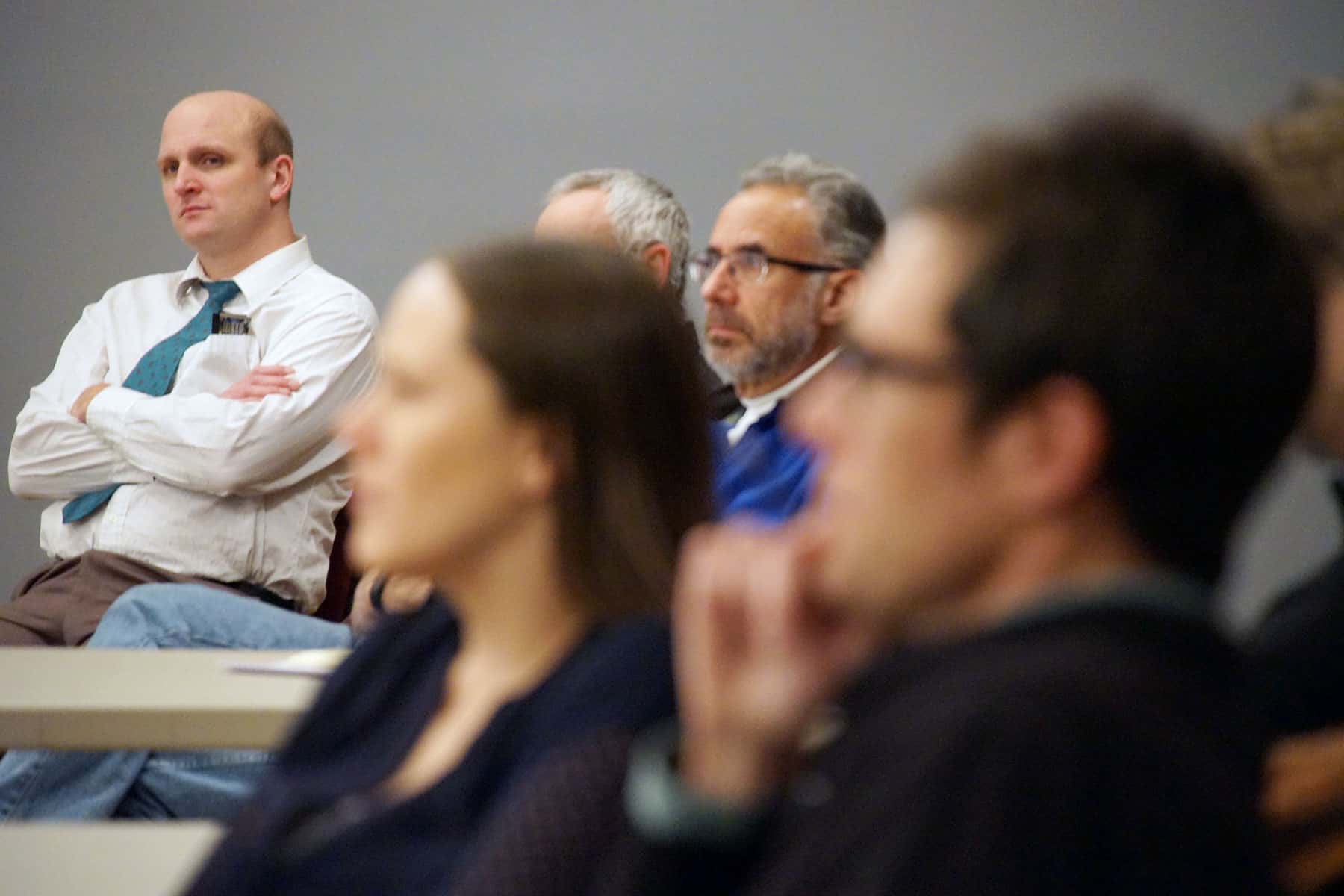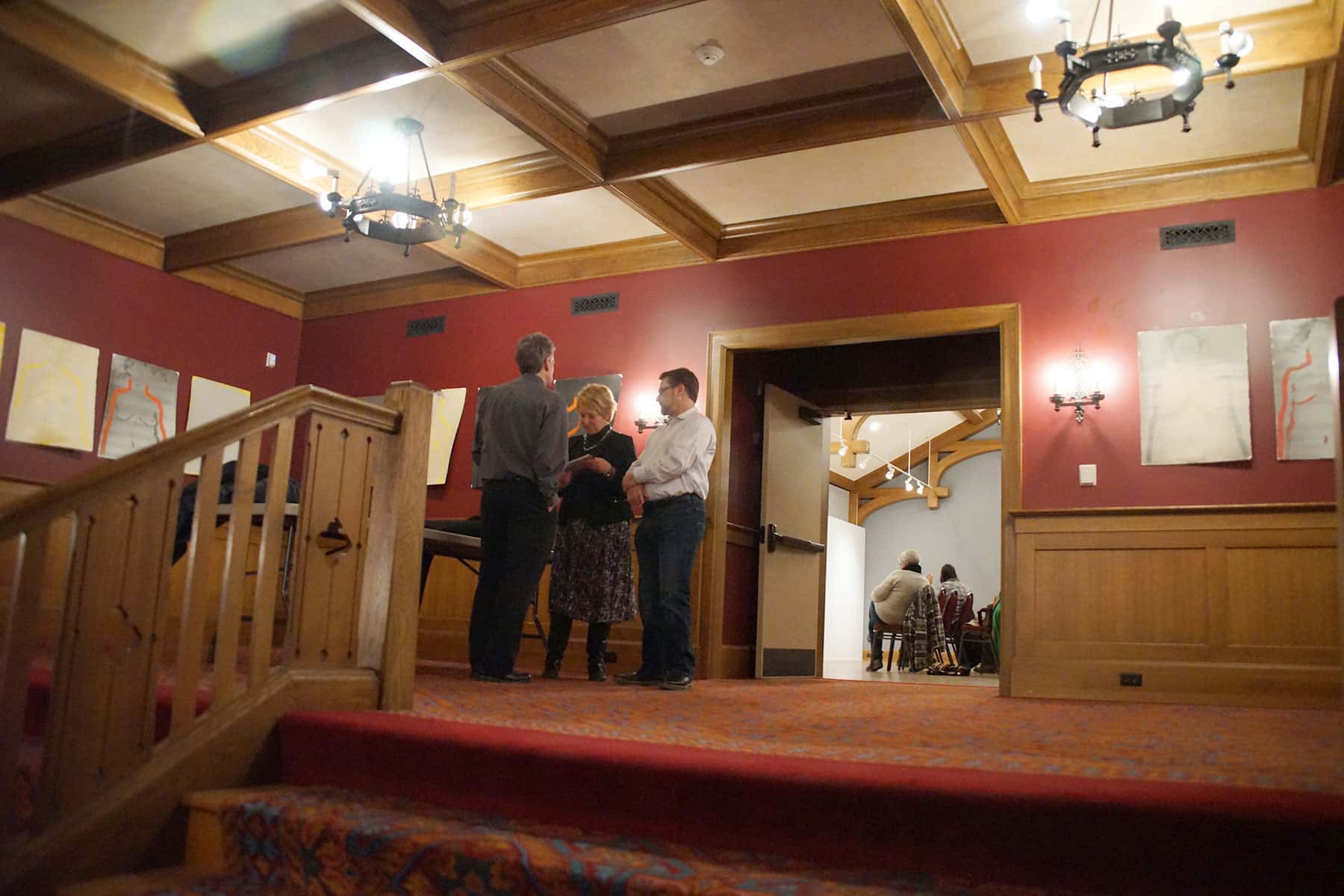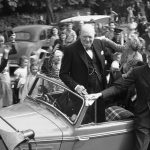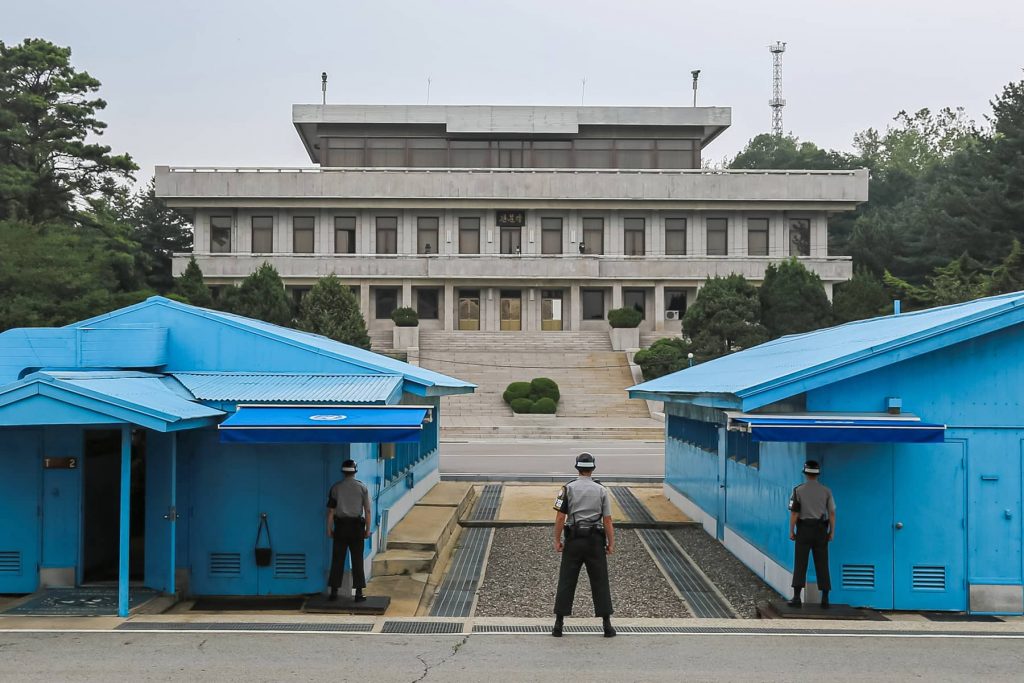
The Brady Street Area Association, Brady Street BID, and Brady Street Foundation for Arts & Education came together on January 19 at the Charles Allis Art Museum to discuss issues concerning development of the Brady Street area. The focus of the discussion was about what could be done to keep social and economic progress moving forward. Attendees included local business owners Leslie Montemurro and Michael Glorioso, along with Nik Kovac, City of Milwaukee’s 3rd District Alderman.
“Founded in 1988, the Brady Street Area Association is comprised, very purposefully, of both the businesses and residents because we feel both sides of that coin are what makes Brady Street,” said Association President Teresa Morton.
The community-based organization evolved out of the old Brady Street Merchants Association from the 1970s. Local merchants established the Brady Street Festival, which eventually became so popular that residents withdrew their support due to the annoyance. The Brady Street Area Association was reformed as a balance of residents and merchants joining together to agree on the future of Brady Street.
“Because we were a 501c3 non-profit, we helped develop and put together ideas for various amenities on Brady Street,” said Julilly Kohler, founder of the Brady Area Foundation for Arts and Education, “including the west end bus shelter, which is an award winning bus shelter.”
Part of why Kohler’s foundation got involved was because of the community split between residents and business owners. It was her mission to bridge both sides with public art.
“If you walk Brady Street you will see the flow of artwork, which is between the Lake and the river. So it represents the water. But it also represents the flow of time and memory, in the street pictograms,” Kohler said.
The information for this public art came from community meetings with people who shared their memories of what happened on Brady Street, like the first children’s hospital and individual people from the neighborhood, who are now remembered in the concrete.
Pat Suminski, who represented the Brady Street Business Improvement District, was another example of the deep community roots of the area. Her family has lived on Brady Street for one hundred years, as owners of the Suminski Funeral Home.
“The Brady Street BID was formed in 1993 to help improve the streetscape, originally to add lighting for better security in the area,” said Suminski.
Later additions made the street more walkable, and other elements helped brand the look of the area so it appeared more connected. Ninety contiguous business properties belong to the BID, and only business owners help to pay for public improvements, not residents.
Among the several ideas proposed by those gathered, there was general support for changing Farwell Avenue and Prospect Avenue into two-way streets. Their current one-way design was based on Cold War era planning to swiftly evacuate the city. The resulting legacy is that traffic moves too fast in the area, which is a detriment to local business and pedestrian safety.
“I think there is momentum for that,” said Alderman Kovac. “The North Avenue BID has been pushing the idea for years.”
Alderman Kovac also noted that developers he has talked with are supportive of the two-way street idea. The change would cost the city of Milwaukee tens of thousands of dollars to implement but provide a great benefit to Brady Street community.
“With all the new real estate development, how do we make this area not become a bubble at our expense? We have all these people who are going to be moving there for two or three years to be near the bar scene then move out,” added Kohler. “We are trying to create long-term residents. Residents who put down their roots here, because it is interesting and part of a growing green infrastructure.”
The Charles Allis Art Museum, located in proximity to Brady Street, hosted the forum to bring neighbors and business owners together.
The facility’s Executive Director, John Sterr, along with Patti Sherman-Cisler, Executive Director of the Jewish Museum Milwaukee, and Kevin Walzak, board member of North Point Lighthouse, talked about how their consortium played a part in supporting the culture of the area. Comprised of five small to medium sized arts and cultural organizations, members of the Milwaukee Museum Mile are the Charles Allis Art Museum, Jewish Museum Milwaukee, Museum of Wisconsin Art at Saint John’s On The Lake, North Point Lighthouse, and Villa Terrace Decorative Arts Museum. The group is an example of separate interests who banded together to bring more attention to the area by working in collaboration.
To celebrate its fifth anniversary, the Milwaukee Museum Mile is presenting Plein Air 2016 in May, which will feature artists painting along the Mile. Residents and visitors who are drawn to the Mile and its events have a natural conduit into Brady Street.
“I think the museums are stronger together than separate. And I think the Mile is stronger with Brady Street as a partner,” Sherman-Cisler said.















